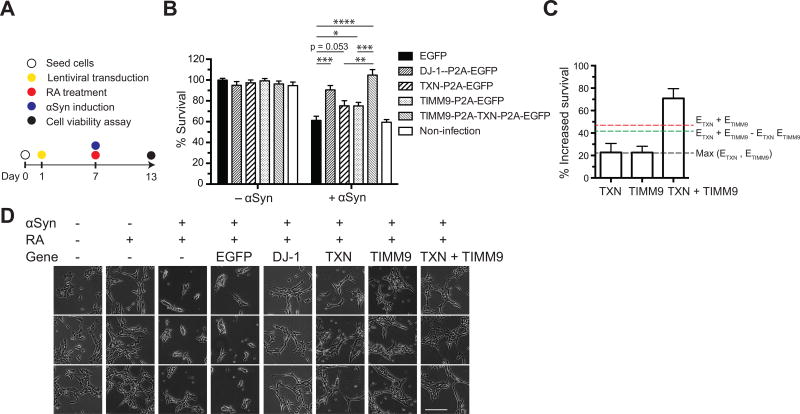Figure 4. Lentiviral expression of human DJ-1, TXN, and TIMM9 protects against αSyn-associated toxicity in a neuronal PD model.
(A) The human homologs of yeast αSyn-toxicity suppressors were stably expressed via lentiviral vectors six days before RA treatment and αSyn induction, as indicated in the experimental procedure diagram. (B) Overexpression of DJ-1 or TXN + TIMM9 significantly increased neuronal viability in the presence of αSyn. The 2A peptide sequence (P2A) was used to achieve the simultaneous expression of multiple genes from a single promoter. (C) TXN and TIMM9 work synergistically protect neuronal cells from αSyn toxicity based on Highest Single Agent [Max(ETXN, ETIMM9)] (Borisy et al., 2003), Linear Interaction Effect (ETXN + ETIMM9) (Slinker, 1998), and Bliss Independence (ETXN + ETIMM9 − ETXN ETIMM9) (Greco et al., 1995) models (dashed lines). The effect of TXN + TIMM9 was greater than the threshold values obtained from these models. (D) Representative images of neuronal morphology and cell density of cells transfected with lentiviral vectors overexpressing the indicated human genes. Bar = 400 µm. All data were presented as mean ± SEM, n = 6. *p < 0.05, **p < 0.01, ***p < 0.001, ****p < 0.0001.

